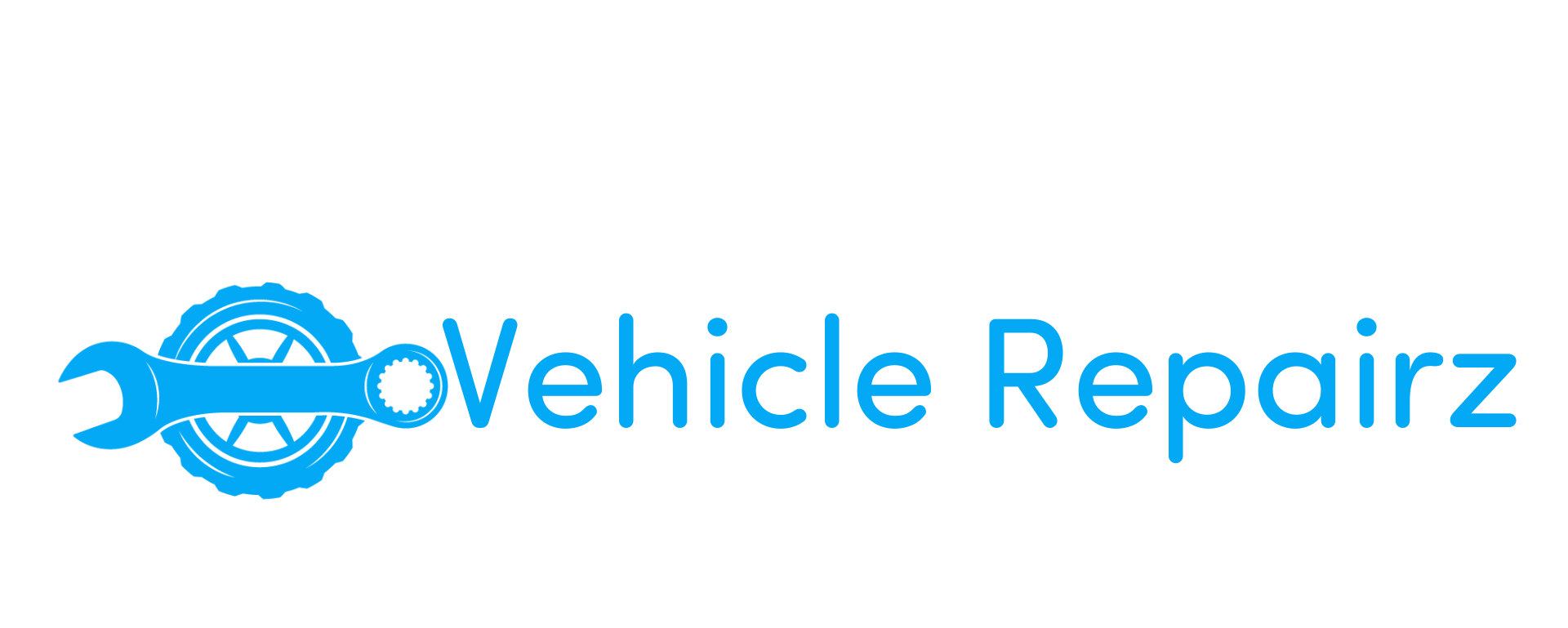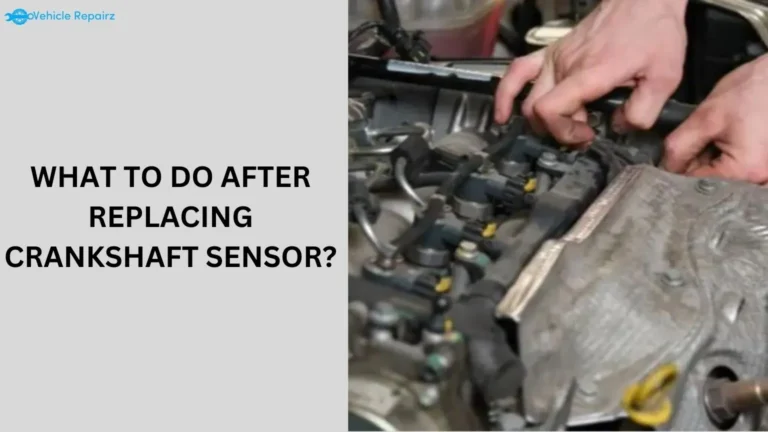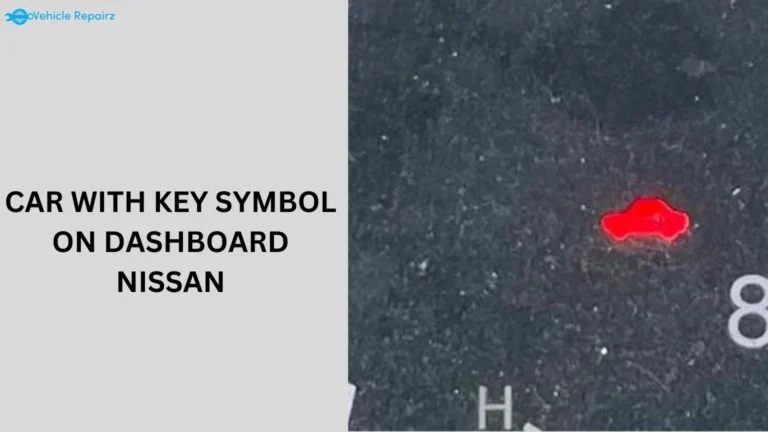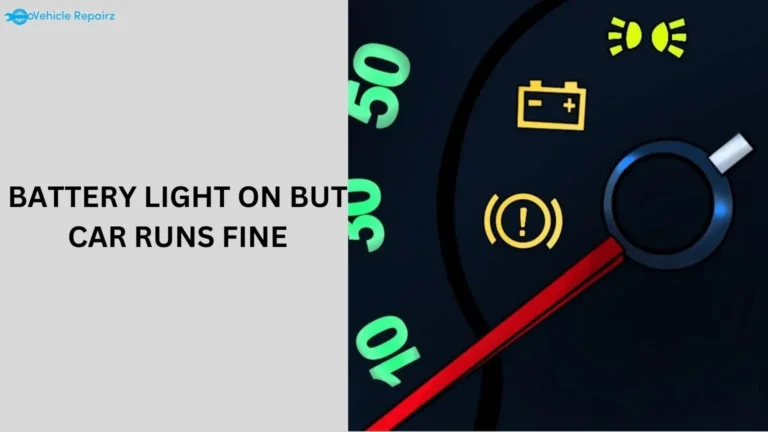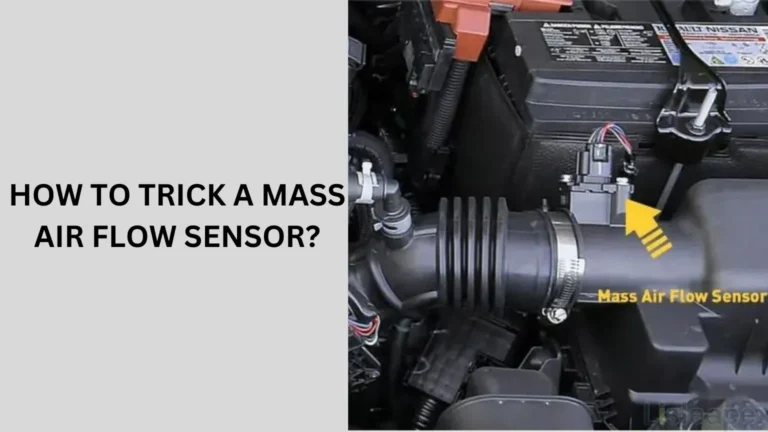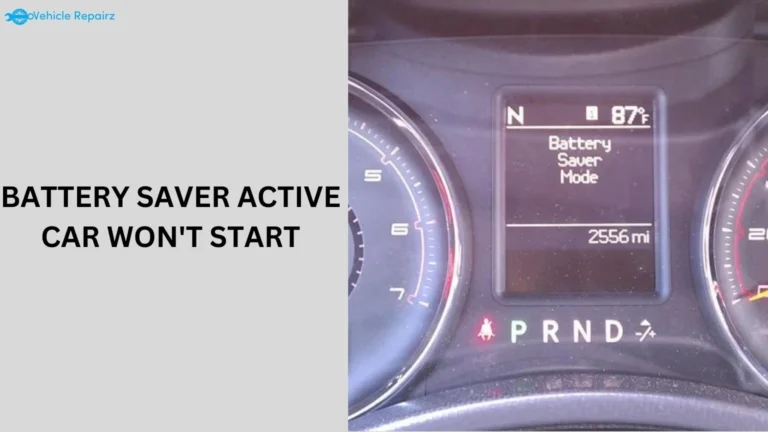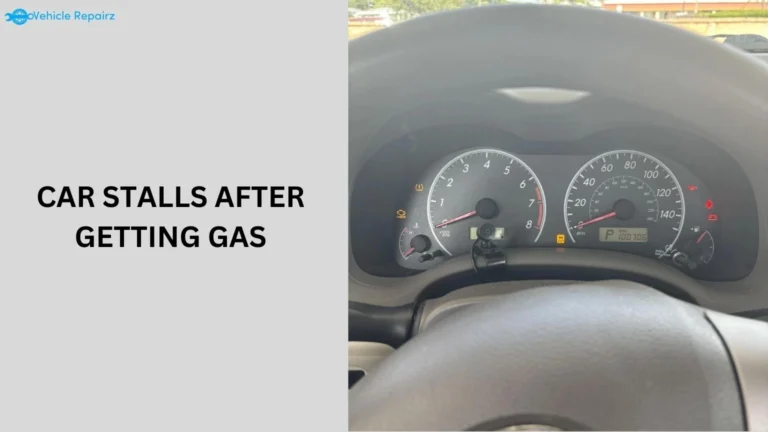ISO9141 Code: Meaning, Diagnosing & Troubleshooting Tips
When it comes to vehicle diagnostics and communication, the ISO9141 code plays a crucial role. This standard, part of the ISO 9141 specification, is pivotal for automotive professionals and enthusiasts alike.
This article will delve into the ISO9141 code, explaining its significance, how it works, and why it’s important for your vehicle’s diagnostics.
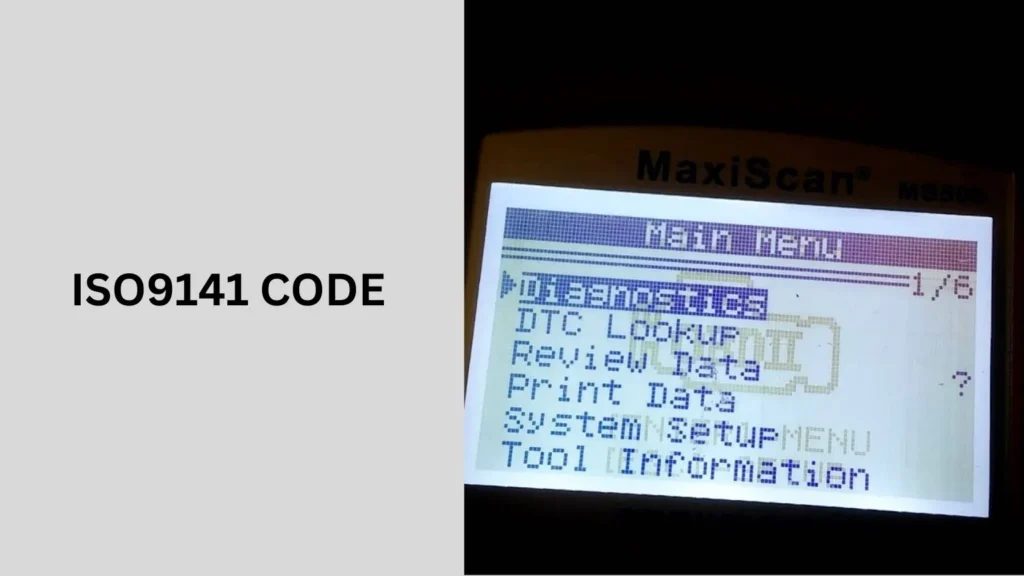
What is the ISO9141 Code?
The ISO9141 code is a communication protocol used in automotive diagnostics. It defines the method by which a vehicle’s onboard computer communicates with diagnostic tools.
This protocol is essential for reading and interpreting data from a vehicle’s ECU (Engine Control Unit).
Historical Background
The ISO9141 standard was developed in the 1990s to provide a unified approach to vehicle diagnostics. Before ISO9141, various manufacturers used different protocols, making it challenging to diagnose vehicle issues universally.
ISO9141 offered a standardized method, facilitating easier and more accurate diagnostics.
Key Features of ISO9141
- Standardization: Ensures consistent communication between vehicles and diagnostic tools.
- Simplicity: Utilizes a straightforward communication method, which simplifies the diagnostic process.
- Compatibility: Designed to work with a wide range of vehicles, especially those manufactured in the early 2000s.
How does the ISO9141 Code Work?
The ISO9141 code works through a serial communication protocol that enables the exchange of data between a vehicle’s ECU and a diagnostic scanner.
Here’s a closer look at its operation:
Communication Protocol
- Data Transmission: The protocol uses a single wire for communication, simplifying the connection between the vehicle’s ECU and the diagnostic tool.
- Error Handling: It includes mechanisms for error detection and correction, ensuring the reliability of the data exchanged.
- Data Exchange: The vehicle’s ECU sends diagnostic data, including trouble codes, sensor readings, and system statuses, which the diagnostic tool interprets and displays.
Advantages of ISO9141
- Efficiency: Reduces the time required for diagnostics by providing a clear and standardized communication method.
- Versatility: Applicable to various vehicle makes and models, especially those manufactured before the adoption of newer protocols like ISO 14230 (KWP2000).
ISO9141 vs. Other Diagnostic Protocols
While the ISO9141 code has been a reliable standard, it’s essential to understand how it compares to other protocols. Here’s a comparison with some common diagnostic protocols:
ISO 14230 (KWP2000)
- ISO9141: Mainly used in vehicles manufactured in the late 1990s and early 2000s.
- ISO 14230: An enhanced protocol offering faster communication and more advanced features.
ISO 15765 (CAN Bus)
- ISO9141: Uses a single wire for communication, making it simpler but slower.
- ISO 15765: Employs a Controller Area Network (CAN) bus, allowing for higher-speed data transmission and more complex interactions.
OBD-II (On-Board Diagnostics II)
- ISO9141: One of the several protocols used under the OBD-II standard.
- OBD-II: Provides a broader range of protocols and is a more recent and advanced standard, incorporating ISO9141 among others.
Diagnosing Issues with ISO9141
When diagnosing vehicle issues using the ISO9141 code, it’s crucial to understand common problems and solutions. Here are some tips:
Common Issues
- Communication Errors: Sometimes, the diagnostic tool may struggle to communicate with the vehicle’s ECU due to protocol mismatches or faulty connections.
- Faulty Codes: Inaccurate or outdated trouble codes can lead to misdiagnosis.
Troubleshooting Tips
- Check Connections: Ensure that the diagnostic tool is properly connected to the vehicle’s OBD-II port.
- Update Software: Use up-to-date diagnostic software to ensure compatibility with the ISO9141 protocol.
- Verify Protocol: Confirm that the vehicle uses the ISO9141 protocol, as some models may use different standards.
People also ask
What is diagnostic code 9141?
Diagnostic code 9141 typically refers to the ISO9141 communication protocol used in automotive diagnostics.
It defines how vehicles communicate with diagnostic tools, especially in older models.
The protocol enables the exchange of data between a vehicle’s ECU (Engine Control Unit) and a diagnostic scanner, facilitating the reading of trouble codes, sensor data, and system information.
It’s a standardized method crucial for effective vehicle diagnostics, primarily used in vehicles manufactured before the adoption of newer protocols like the CAN bus.
What does the KWP2000 code mean?
The KWP2000 code refers to the Keyword Protocol 2000, which is a communication protocol used in automotive diagnostics.
It allows vehicles to communicate with diagnostic tools by transmitting data such as trouble codes and sensor information.
KWP2000 is an improvement over the older ISO9141 protocol, providing faster data transfer and more advanced diagnostic capabilities. It is widely used in vehicles from the late 1990s and early 2000s.
What is iso9141 specification?
The ISO9141 specification defines a communication protocol used for automotive diagnostics.
It standardizes how vehicles’ onboard computers (ECUs) communicate with diagnostic tools, using a single-wire serial communication method.
This protocol allows for the transmission of diagnostic data, such as trouble codes and sensor information, facilitating vehicle maintenance and repair.
ISO9141 is primarily used in vehicles manufactured before the adoption of newer protocols like CAN bus.
What is the ISO 9141-2 protocol?
The ISO 9141-2 protocol is a specific part of the ISO 9141 standard for automotive diagnostics.
It defines the communication method between a vehicle’s onboard computer (ECU) and a diagnostic tool using a single-wire serial communication system.
ISO 9141-2 allows for the exchange of diagnostic data, such as trouble codes and sensor information, and is commonly used in vehicles manufactured in the late 1990s and early 2000s.
Conclusion
In Conclusion, The ISO9141 code remains an essential part of automotive diagnostics, providing a standardized method for vehicle communication.
While newer protocols have emerged, understanding ISO9141 is valuable for working with older vehicles and ensuring effective diagnostics.
